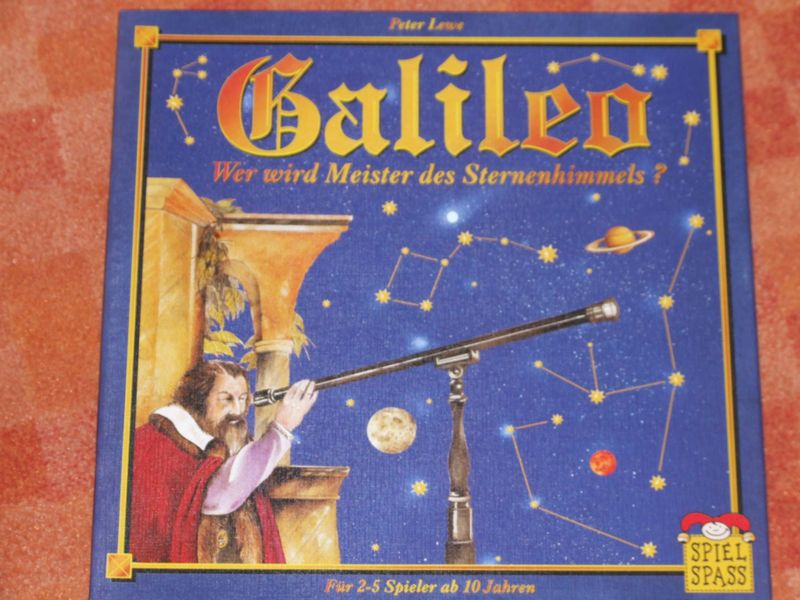Galileo (2001) Board Game
Galileo is a board game designed by Claus Danner and released in in 2001. It is a game that combines elements of memory, betting, bluffing, and tile placement. The game is named after the famous Italian astronomer, physicist, and mathematician, Galileo Galilei.
Game Components of Galileo
How To Setup Galileo
To set up *Galileo Project*, players first prepare the main board by placing the influence track, Character deck, Robot market, and technology market. Each player receives a player board representing the four moons of Jupiter. The Character deck is shuffled and a starting hand is dealt to each player. The Robot and technology markets are populated according to the rules. Players choose their starting influence track color (blue for Earth or red for Mars) and begin with a set amount of Megacredits.
Gameplay Mechanics and Game Objective
Player Experience
*Galileo Project* offers a smooth and tightly-focused gameplay experience. Players engage in strategic decisions to build their engine, manage influence, and acquire Robots and technologies. The game is known for its straightforward actions, meaningful track progression, and the ability to use energy tokens to achieve milestones early. The game’s length is approximately one hour, making it a quick and engaging Euro-style game.
Pros
Cons
Personal Thoughts on Galileo
*Galileo Project* is ideal for fans of Euro-style games who appreciate straightforward mechanics and quick playtimes. It is particularly suited for players who enjoy engine-building and resource management. While it may appeal more to experienced players due to its strategic depth, the game is still accessible to newcomers. However, the limited replay value and lack of clear player aids might be drawbacks for some players.
We are supported by our audience. When you purchase through links on our site, we may earn an affiliate commission, at no extra cost for you. Learn more.

